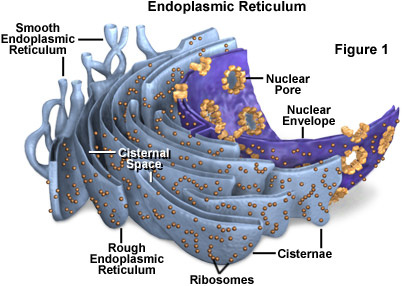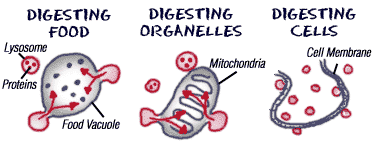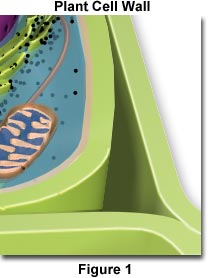4.1 Chemical Energy & ATP
Making Connections:
The cells of all organisms—from algae
Some organisms, such as diatoms
and plants,
absorb energy from sunlight. Some of that energy is stored in sugars. Cells break down sugars to produce usable chemical energy for their functions. Without organisms that make sugars, living things on Earth could not survive.
Making Connections:
The cells of all organisms—from algae
to whales to people—need chemical
energy
for all of their processes.
Some organisms, such as diatoms
and plants,
absorb energy from sunlight. Some of that energy is stored in sugars. Cells break down sugars to produce usable chemical energy for their functions. Without organisms that make sugars, living things on Earth could not survive.
1. ATP
2. energy released for cell processes
3. ADP
4. energy from breakdown of molecules
5. Carbohydrate: Energy:4 cal/mg Details; 36 ATP from glucose; most common molecule broken down to make ATP
6.Lipid: Energy: 9 cal/mg; Detail: 146ATP from a triglyceride; stores most of the energy in people
7. Protein: Energy:4 cal/mg; Details: infrequently broken down by cells to make ATP
Chemo= chemical
Chemosynthesis—process through which some organisms use chemicals from the environment (rather than light energy) as a source of energy to build carbon-based molecules
4.2 Photosynthesis
Lets Review!!
Recap Questions:
Describe how you get energy
indirectly from the food that you eat.
Compare and Contrast How are the
energy needs of plant cells similar to
those of animal cells? How are they
different?
4.2 Photosynthesis
Lets make a connection:
Solar-powered calculators, homes, and cars are just a few things that use energy from
sunlight. In a way, you are also solar-powered. Of course, sunlight does not directly
give you the energy you need to play a sport or read this page. That energy comes
from ATP. Molecules of ATP are often made from the breakdown of sugars, but how
are sugars made? Plants capture some of the energy in sunlight and change it into
chemical energy stored in sugars.
Photo=light
Synthesis=put together
Some organisms are called producers because they produce the source of chemical energy for themselves and for other organisms.
Photo=light
Synthesis=put together
Photosynthesis—process through which light energy is captured and used to build sugars that store chemical energy
Chloroplasts are membrane-bound organelles where Photosynthesis takes place in plants.
Chloro=green
Phyll=leaf
Chlorophyll: a green pigment that gives plants their green color and absorb visible light to provide energy for Photosynthesis.
Chloroplasts are membrane-bound organelles where Photosynthesis takes place in plants.
Chloro=green
Phyll=leaf
Thylakoid: coined shape,found within the chloroplast that contains the components of photosynthesis.
2. sunlight
3. water
4. thylakoid; chlorophyll and other light-absorbing molecules
5. oxygen
6. energy-carrying molecules transferred to light-independent reactions
7. carbon dioxide from the atmosphere
8. light-independent reactions (Calvin cycle)
9. one six-carbon sugar (glucose)
Photosynthesis equation:
6CO2 + 6H2O ⇒⇒⇒⇒⇒⇒C6H12O6 + 6O2
Many arrows are used because many chemical reactions occur with the help of many enzymes.
Many arrows are used because many chemical reactions occur with the help of many enzymes.
Light-dependent reaction:absorbs energy from sunlight and transfers energy to the light-dependent reaction.
in=Not
light-independent reaction:uses energy absorbed during light dependent reactions to synthesize carbohydrates.
photosystems: light energy captured and transferred in the thylakoid membranes by two groups of molecules.

electron transport chain: which is a series of proteins in the membrane of the thylakoid
ATP synthase: makes ATP by adding phosphate groups to ADP
Calvin cycle: when carbon dioxide (CO2) gas from the atmosphere and the energy carried by ATP and NADPH to make simple sugars.
Lets See it again!
Recap Question:
Explain why photosynthesis
is important for building the structure
of plant cells.
QUIZ CHAPTER 4.1&4.2
QUIZ CHAPTER 4.1&4.2





















































